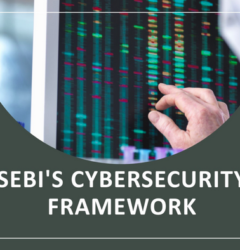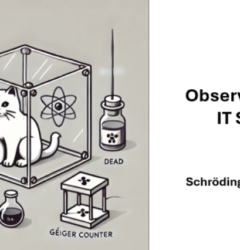In the high-stakes world of information technology, the efforts of IT teams to address vulnerabilities in IT systems are remarkably akin to the work of firefighters battling blazes. This comparison is not just metaphorical; it reveals deep insights into the nature of emergency responses, preparedness, teamwork, and resilience. Both roles require rapid response, precision, and a preventative mindset to mitigate risks and protect assets — whether physical or digital.
















Recent Comments